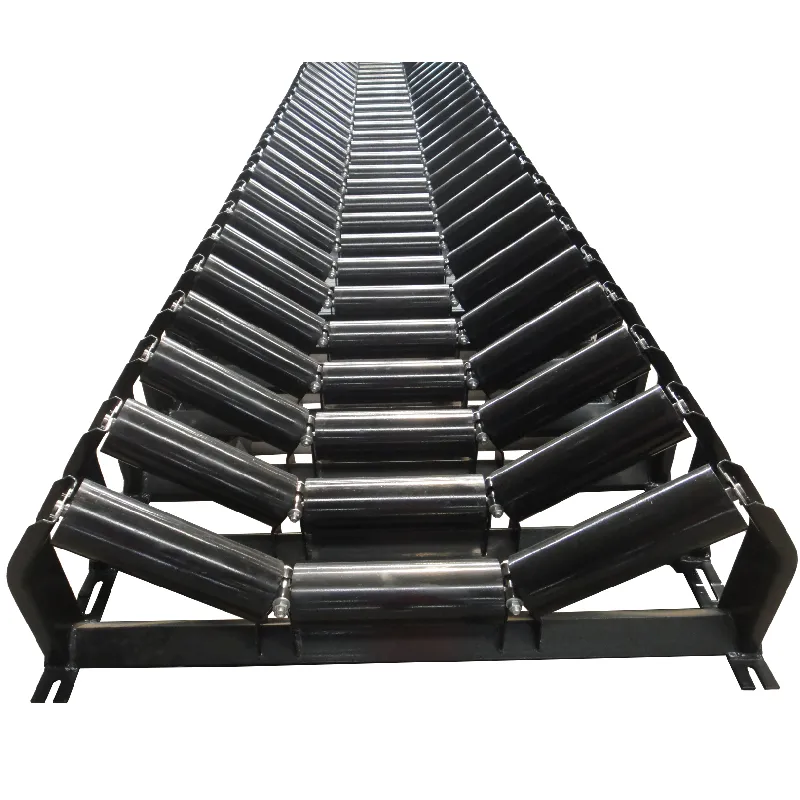 Afrikaans
Afrikaans  Albanian
Albanian  Amharic
Amharic  Arabic
Arabic  Armenian
Armenian  Azerbaijani
Azerbaijani  Basque
Basque  Belarusian
Belarusian  Bengali
Bengali  Bosnian
Bosnian  Bulgarian
Bulgarian  Catalan
Catalan  Cebuano
Cebuano  Corsican
Corsican  Croatian
Croatian  Czech
Czech  Danish
Danish  Dutch
Dutch  English
English  Esperanto
Esperanto  Estonian
Estonian  Finnish
Finnish  French
French  Frisian
Frisian  Galician
Galician  Georgian
Georgian  German
German  Greek
Greek  Gujarati
Gujarati  Haitian Creole
Haitian Creole  hausa
hausa  hawaiian
hawaiian  Hebrew
Hebrew  Hindi
Hindi  Miao
Miao  Hungarian
Hungarian  Icelandic
Icelandic  igbo
igbo  Indonesian
Indonesian  irish
irish  Italian
Italian  Japanese
Japanese  Javanese
Javanese  Kannada
Kannada  kazakh
kazakh  Khmer
Khmer  Rwandese
Rwandese  Korean
Korean  Kurdish
Kurdish  Kyrgyz
Kyrgyz  Lao
Lao  Latin
Latin  Latvian
Latvian  Lithuanian
Lithuanian  Luxembourgish
Luxembourgish  Macedonian
Macedonian  Malgashi
Malgashi  Malay
Malay  Malayalam
Malayalam  Maltese
Maltese  Maori
Maori  Marathi
Marathi  Mongolian
Mongolian  Myanmar
Myanmar  Nepali
Nepali  Norwegian
Norwegian  Norwegian
Norwegian  Occitan
Occitan  Pashto
Pashto  Persian
Persian  Polish
Polish  Portuguese
Portuguese  Punjabi
Punjabi  Romanian
Romanian  Russian
Russian  Samoan
Samoan  Scottish Gaelic
Scottish Gaelic  Serbian
Serbian  Sesotho
Sesotho  Shona
Shona  Sindhi
Sindhi  Sinhala
Sinhala  Slovak
Slovak  Slovenian
Slovenian  Somali
Somali  Spanish
Spanish  Sundanese
Sundanese  Swahili
Swahili  Swedish
Swedish  Tagalog
Tagalog  Tajik
Tajik  Tamil
Tamil  Tatar
Tatar  Telugu
Telugu  Thai
Thai  Turkish
Turkish  Turkmen
Turkmen  Ukrainian
Ukrainian  Urdu
Urdu  Uighur
Uighur  Uzbek
Uzbek  Vietnamese
Vietnamese  Welsh
Welsh  Bantu
Bantu  Yiddish
Yiddish  Yoruba
Yoruba  Zulu
Zulu Types of Belt Drive Pulleys for Efficient Power Transmission Systems
Understanding Belt Drive Pulley Types
Belt drives are a crucial mechanical design element used to transmit power from one component to another, usually between a motor and machinery. The efficiency of these systems heavily relies on the types of pulleys utilized in the design. Pulleys serve as the key interfaces that manage belt tension, direction, and the ability to change the speed of the driven element. This article delves into the different types of belt drive pulleys and their applications in various industries.
1. Flat Pulleys
Flat pulleys are perhaps the simplest and most commonly used type of pulley. They have a flat surface and are typically used with flat belts. The design allows for a lower rotational speed and is best suited for applications where the distance between the two shafts is relatively short. Flat pulleys are prevalent in applications such as fans, conveyors, and light machinery. Their simplicity can prove advantageous for maintenance and replacement purposes.
2. V-Belt Pulleys
V-belt pulleys feature a V-shaped groove that accommodates V-belts, which are designed to handle more power transmission than flat belts. This type of pulley is particularly effective in situations requiring a tight grip and minimal slippage. V-belt pulleys are widely used in automotive applications, industrial machines, and appliances due to their ability to transmit torque efficiently. The design also allows for the alignment of multiple pulleys on a single shaft, making them versatile for various applications.
Timing pulleys are designed with teeth that fit precisely into the grooves of a synchronous belt or timing belt. This configuration allows for precise movement and synchronization between components, making timing pulleys ideal in applications where accuracy is crucial, such as in robotics, textile, and CNC machinery. The ability to avoid slippage further enhances the efficiency of these systems, ensuring components operate in unison across extended periods.
4. Idler Pulleys
belt drive pulley types

Idler pulleys are not driven but are essential components in a belt drive system. Their primary purpose is to guide, tension, or redirect the belt without any power transmission. Idler pulleys are used in various applications, including conveyor systems, where maintaining proper belt tension is critical. They help prevent belt wear and ensure smooth operation, ultimately extending the life of the drive system.
5. Crowned Pulleys
Crowned pulleys feature a slightly convex shape along the width of the pulley. This design helps to keep the belt centered on the pulley, reducing side-to-side movement, which can lead to misalignment and excessive wear. Crowned pulleys are especially beneficial in applications where belt tracking is a concern, such as in conveyor systems, wood processing, and other material-handling equipment. Their ability to maintain consistent belt alignment enhances overall system reliability.
6. Dual-Purpose Pulleys
Dual-purpose pulleys can handle both flat and V-belts, providing versatility in design and application. These pulleys can switch between operating modes based on the requirements of the system. They are particularly useful in systems that may need to adapt to different operational demands or when upgrading machinery to accommodate new belt types. Industries such as automotive and heavy machinery often benefit from the flexibility provided by dual-purpose pulleys.
Conclusion
The selection of the appropriate belt drive pulley type is crucial for optimizing performance in mechanical systems. Each type of pulley offers unique benefits and is suited for specific applications. Understanding the distinctions between flat pulleys, V-belt pulleys, timing pulleys, idler pulleys, crowned pulleys, and dual-purpose pulleys will enable engineers and technicians to make informed decisions that enhance system efficiency, reliability, and longevity.
In a rapidly evolving industrial landscape, the significance of choosing the right pulley type cannot be overstated. By investing in the correct belt drive components, businesses can ensure smoother operations, reduce maintenance costs, and ultimately achieve greater productivity in their processes. Whether in automotive, manufacturing, or material handling, the importance of belt drive pulleys remains integral to successful design and operation.
-
Trusted Conveyor Solutions from Leading Conveyor Idler Roller ManufacturersNewsJun.27,2025
-
Reliable Return Idler Solutions for Efficient Belt Conveyor SystemsNewsJun.27,2025
-
Precision Conveyor Accessories for Streamlined Material HandlingNewsJun.27,2025
-
High-Quality Belt Conveyor Idler Solutions for Efficient Material HandlingNewsJun.27,2025
-
High-Performance Belt Conveyor Pulleys for Reliable Material HandlingNewsJun.27,2025
-
Enhancing Material Handling EfficiencyNewsJun.27,2025





























